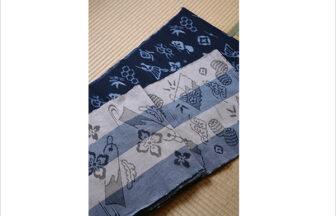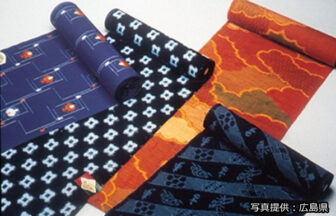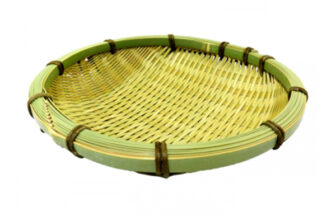Production Area
Kojimakarakoto District, Kurashiki City, Okayama Prefecture
Historical Details and Geographic Characteristics
After the cultivation of salt-resistant cotton during the Edo period, textiles industries using cotton flourished in the reclaimed land in the Kojima area of Kurashiki city, which then led to the development of sanada himo cords and a cotton fabric known as kokura-ori. The traditional sanada himo cords were passed down in the Kojimakarakoto District, and from 1921 production of the glossy thread was used for decorative heri (borders of tatami).
Following the Great Kanto Earthquake in 1923, the demand for heri drastically increased, and going into the Showa period, the Kojimakarakoto District made up 30 percent of Japan’s productions, making it the largest production area of the time. Nowadays, this has expanded to around 80 percent of Japan’s overall production.
With its decorative tatami borders, Kojima continues to create new ways to appeal to consumers, from traditional family crests, western patterns, and characters, to various colors and patterns. Due to the lighter, sustainable, and three-dimensional modern manufacturing process, the heri can now be found in a plethora of color, pattern, and shape variations, and it is gaining attention for its handmade nature.












